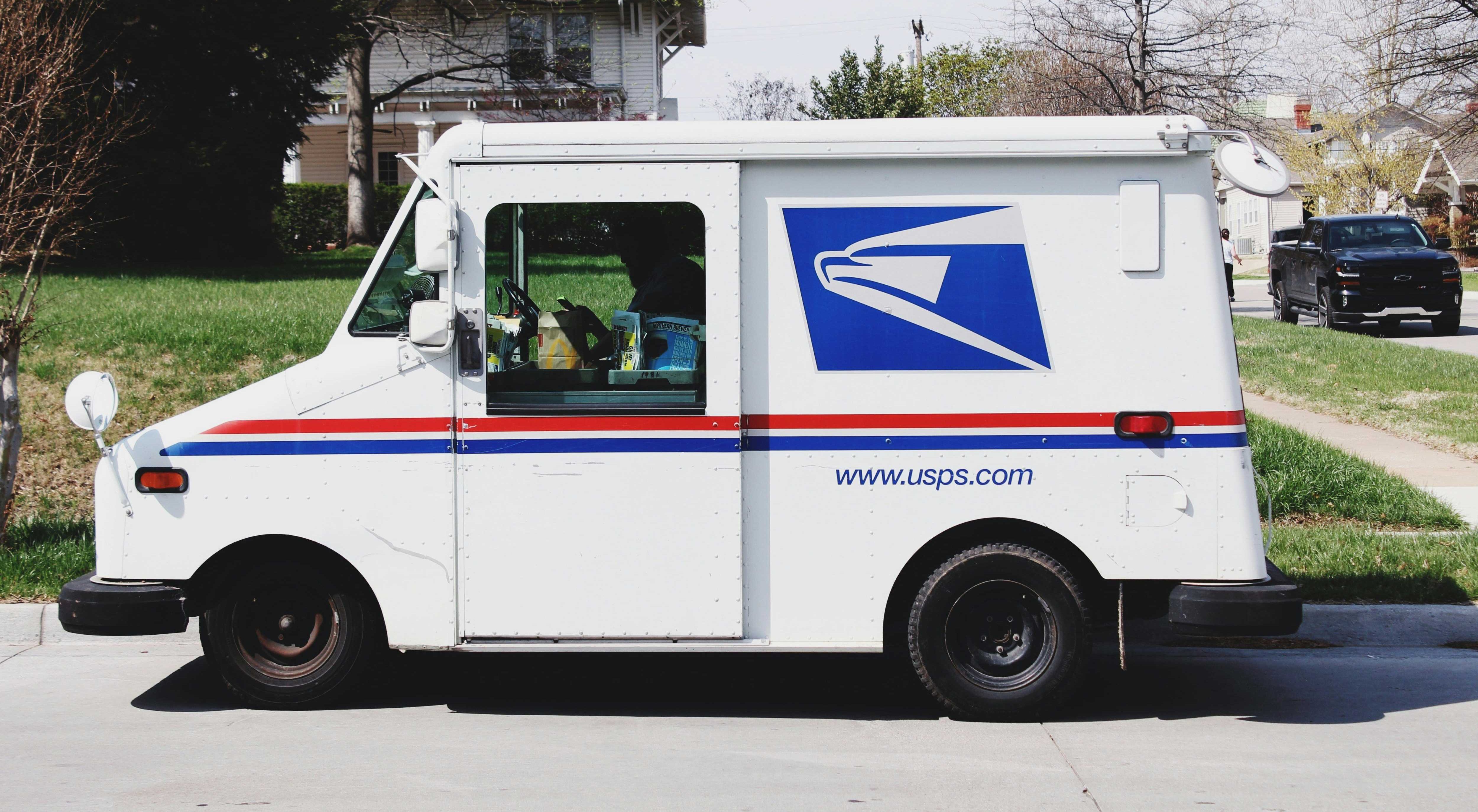13 gorgeous photos of wild Florida that show why it's worth saving.
'I think if everyone would spend just a little bit of time experiencing our natural spaces, they would fall in love with them the way I have, and we’d have an unstoppable force for their protection.'
"Half the time I’m making my best pictures, I’m waist-deep in water," says Floridian photographer Carlton Ward.
While that might sound strange for the average photographer, it makes sense given Ward's speciality, which is wilderness conservation.
Carlton Ward in his element. Photo via Upworthy.
Ward spends most of his time making his way through the lush Everglades of the Florida Wildlife Corridor in order to capture its majesty on camera in as many ways as possible.
And the corridor is no small territory. Its nearly 16 million acres are home to thousands of different species, including over 40 endangered or threatened animals, such as the whooping crane, the Florida panther, and the west Indian manatee.
Together with members of his conservation team, Ward has crossed 1,000 miles of it — twice.
Obviously Ward's not afraid to get his feet wet to save wild Florida from encroaching land developments.
Ward paddling through the glades. Photo via Upworthy.
According to Ward, 100,000 acres of land are given over to housing growth every year, which means pretty soon there won't be any room left for the wildlife living in the corridor.
But it's not just about the flora and fauna — the encroachment also threatens local residents' drinking water.
"The Everglades watershed provides water for 9 million people," Ward explains. "So this is our water tower. This is absolutely essential for humans to survive on this peninsula."
In order to further protect the corridor and all who rely on it, he created the Florida Wildlife Corridor organization.
Image via iStock.
FWC utilizes science and unforgettable imagery to raise awareness around the corridor's plight and to get people to realize why it needs to be saved.
Perhaps the most amazing aspect of Florida's wild territories is that they're mostly connected throughout the state. FWC is working tirelessly not only to protect that natural network, but restore it. They have a goal of conserving 10% of it every year so that 300,000 acres are saved by 2020.
A post shared by Carlton Ward Jr (@carltonward) on
Ward's photos have already inspired a network of devoted followers. Now he's rallying them to get out in the wild and share their own experiences.
"I think if everyone would spend just a little bit of time experiencing our natural spaces, they would fall in love with them the way I have, and we’d have an unstoppable force for their protection," Ward says.
He asks them to share their Florida photos under #KeepFLWild to help highlight the conservation mission.
And they're obliging.
A son took a photo of his father at Suwannee State Park.
Someone else captured a great egret on a branch.
A post shared by Florida Wildlife Federation (@flwildfed) on
Just take a look at Ward's incredible shots, and you'll understand why he's inspiring so many people to venture out into the glades.
Here's a 100-year-old long-leaf pine standing against the clouds:
And a couple of spoonbills taking flight.
These are marsh islands at sunset.
A post shared by Carlton Ward Jr (@carltonward) on
A scaly Florida resident makes an appearance.
A post shared by Carlton Ward Jr (@carltonward) on
This Ogeechee tupelo tree sits near the Florida-Georgia border.
Finally, meet the elusive ghost orchid, which only blooms in the wild in Florida.
A post shared by Carlton Ward Jr (@carltonward) on
Thanks to Ward's talent and spirit, what makes wild Florida precious is crystal clear. He might very well be what saves it.
As long as other adventurers keep following in his footsteps, that is. After all, the Everglades may be his natural habitat, but he's only one man. More will have to step off the beaten path to keep Florida's wildlands safe.
"There’s a wild side to Florida that’s hiding in plain sight," Ward says. Sometimes you just have to get a little messy to find it.
Ward getting down into the glades with his assistant. Photo via Upworthy.
See more of Ward's amazing work here:
Corrections 8/30/2017: The post misstated the amount of land given over to housing growth each year. The correct number is 100,000 acres. It also misidentified a great egret as a whooping crane.




 The pay is good and you get to drive this sweet truck around!Photo by
The pay is good and you get to drive this sweet truck around!Photo by  Three USPS boxes. via
Three USPS boxes. via 

 Philip painted this blue mountain lake piece with help from a YouTube tutorial. bruncvik/reddit
Philip painted this blue mountain lake piece with help from a YouTube tutorial. bruncvik/reddit  Here's what the painting was "supposed" to look like. She'z ART/YouTube
Here's what the painting was "supposed" to look like. She'z ART/YouTube  I love this haunting purple and orange piece Philip painted! bruncvik/reddit
I love this haunting purple and orange piece Philip painted! bruncvik/reddit  A YouTube tutorial of a sunset river helped Philip learn to paint the scene. She'z ART/YouTube
A YouTube tutorial of a sunset river helped Philip learn to paint the scene. She'z ART/YouTube 
 Traditional strawberry farming takes up a lot of land.
Traditional strawberry farming takes up a lot of land. Strawberries are a wildly popular fruit.
Strawberries are a wildly popular fruit.